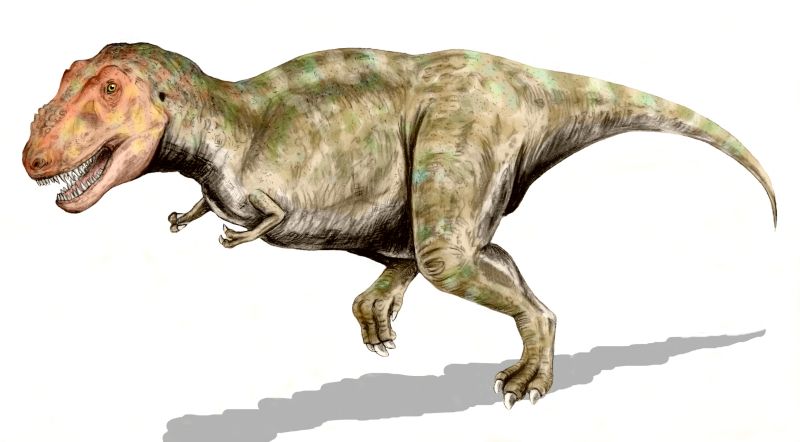Sunday, July 26, 2009
Dinosaurs
 I always have more ideas for inventions, businesses, and science experiments than I could ever hope to develop.
I always have more ideas for inventions, businesses, and science experiments than I could ever hope to develop.Some of these things I've watched other people develop, after having thought of them myself in previous years, but not having taken action.
In sex toys, one of many examples is the "Feeldoe."
In technology, the "Traffic Shield."
In evolutionary biology, there was the theory about what fierce evolutionary pressure could have pushed homo sapiens' capacity for human abstract thought to ever-higher levels, way past the point that humans became the pre-eminent practitioners of that art on the planet, able to out-think, out-talk, out-invent, and out-plan any other competitors. The simple answer: competition with other humans. That was my conclusion in the 1980s... sometime around 2000, I saw the theory written up in Scientific American as something new.
I don't think there's anything spectacular in this. I'm sure it happens all the time. Lots of people have good ideas. Only a smaller percentage of those people will find the time, the energy, the ambition, and the determination to actually develop and actualize an idea. To be a successful innovator generally takes a combination of all these factors, not just a good idea. (Fortunately, I've managed to actually launch a few of my ideas, even if 9/10 of them sit somewhere in the mental queue.)
Here's a science idea that may already be published somewhere, but if so, I haven't seen it, and I want to go on record now making the prediction:
I think at some point in the coming years, we will be hearing about a new theory that part of what made life unsustainable for large dinosaurs was a change in the atmospere of earth, most likely a drop in oxygen levels. A lot of those dinosaurs were huge. The largest animals alive today are smaller than the largest dinosaurs, but they are nevertheless relatively slow-moving, lumbering creatures. Many dinosaurs, especially the predatory ones, appear to have been a lot quicker, and they must have had fast, ravenous metabolisms requiring them to injest and burn prodigious quantities of food calories. I suspect that, to support those powerful biological engines, their dinosaur lungs required a very oxygen-rich atmosphere. Maybe a lower oxygen content (or higher CO2 level, or other such atmospheric change) meant that the larger dinosaur designs no longer worked for metabolic reasons. Some of the smallest dinosaurs apparently did survive, and are known today as "birds."
If this is correct, it probably means that, even if future DNA wizards are able to reconstruct a dinosaur genome and somehow bring one to life like as in the film Jurassic Park, they wouldn't actually thrive unless they were kept in a specially controlled atmosphere.
Just a theory. I'm not a biologist, and I'm not well qualified to do the calculations. But the idea makes intuitive sense to me, and would explain a lot.
Wednesday, July 01, 2009
Eva Longoria in Syren Latex

Eva Longoria on the cover of this month's GQ Mexico wearing a latex dress from Syren.
Our stuff is really getting out there. (-:
